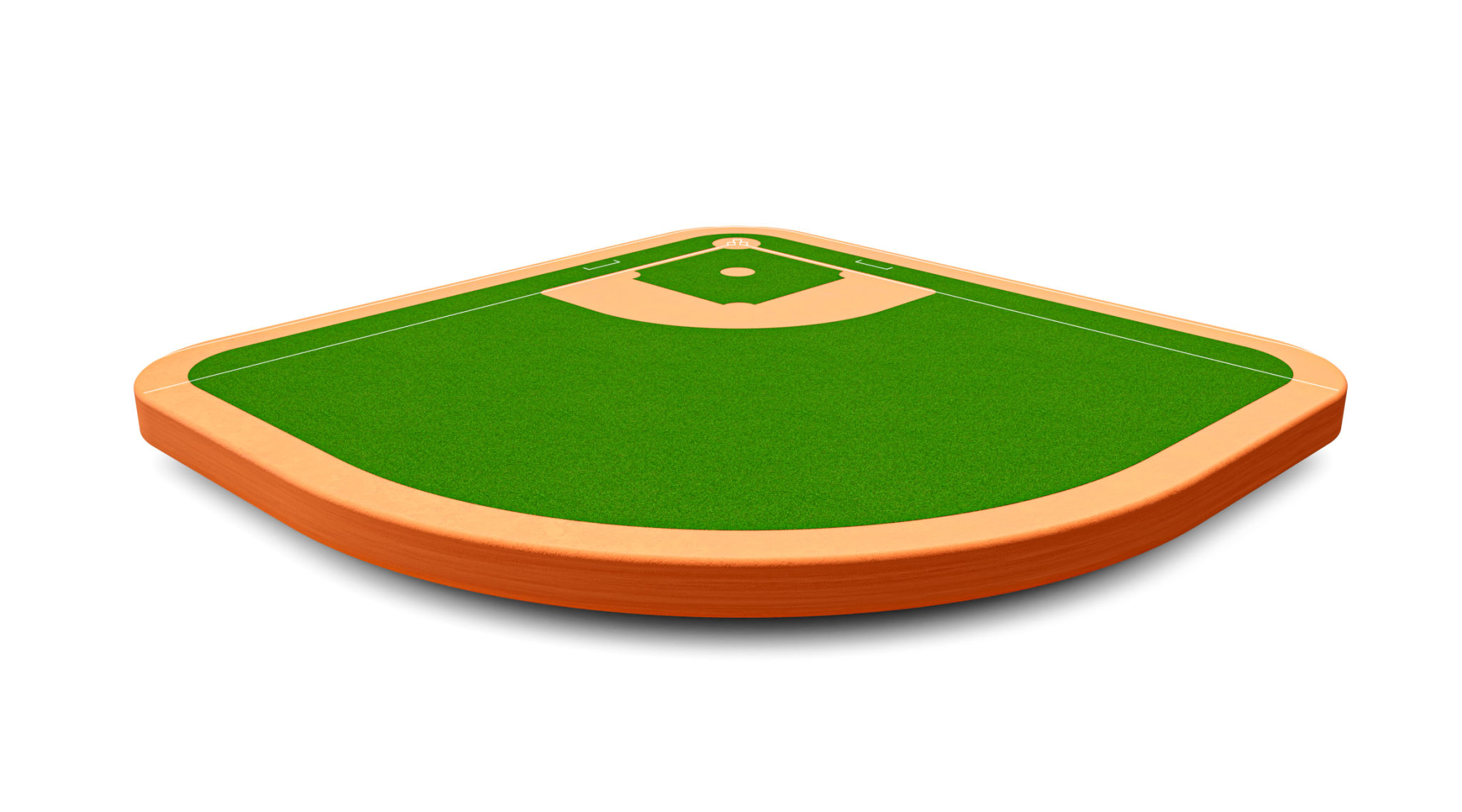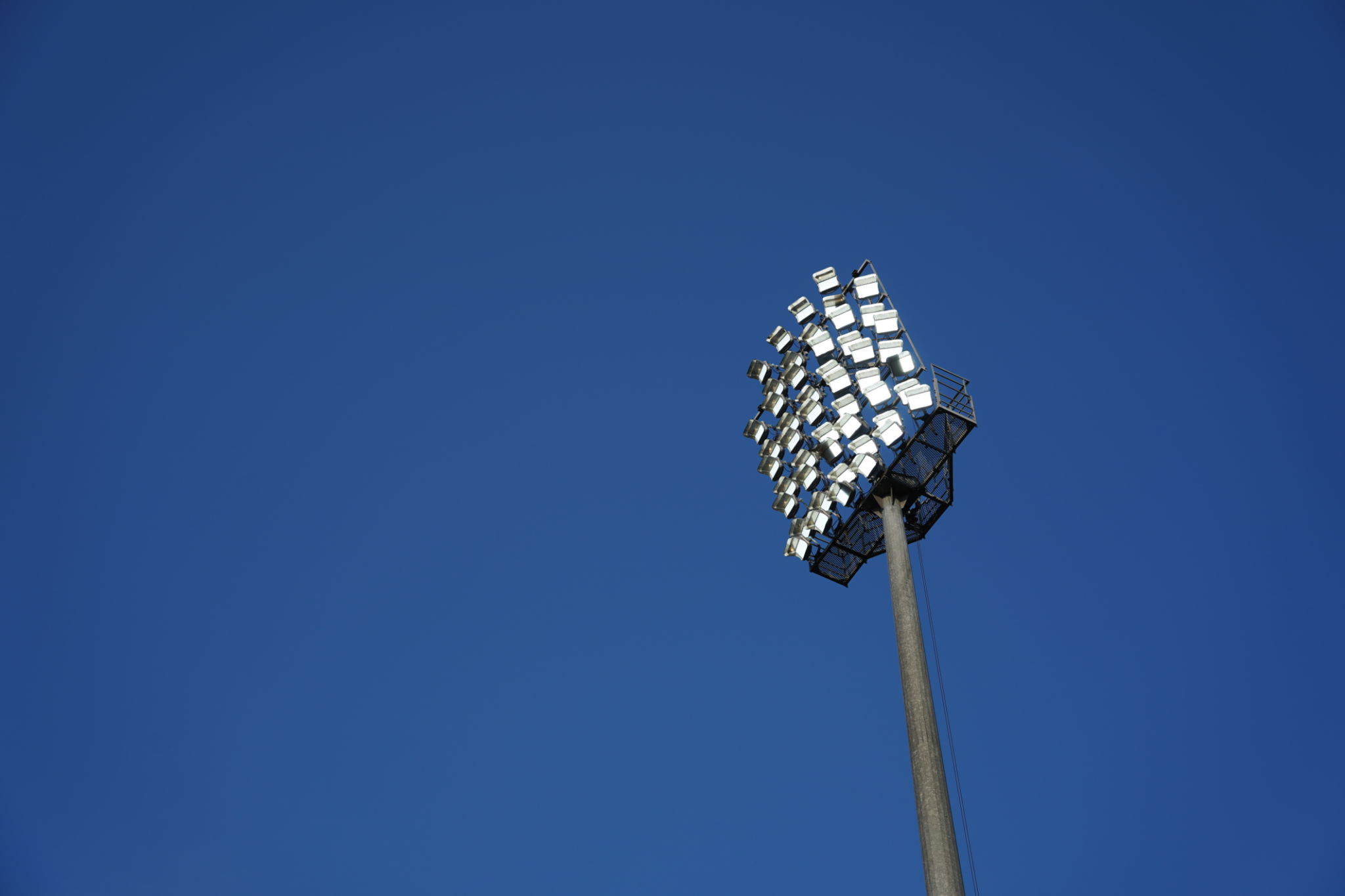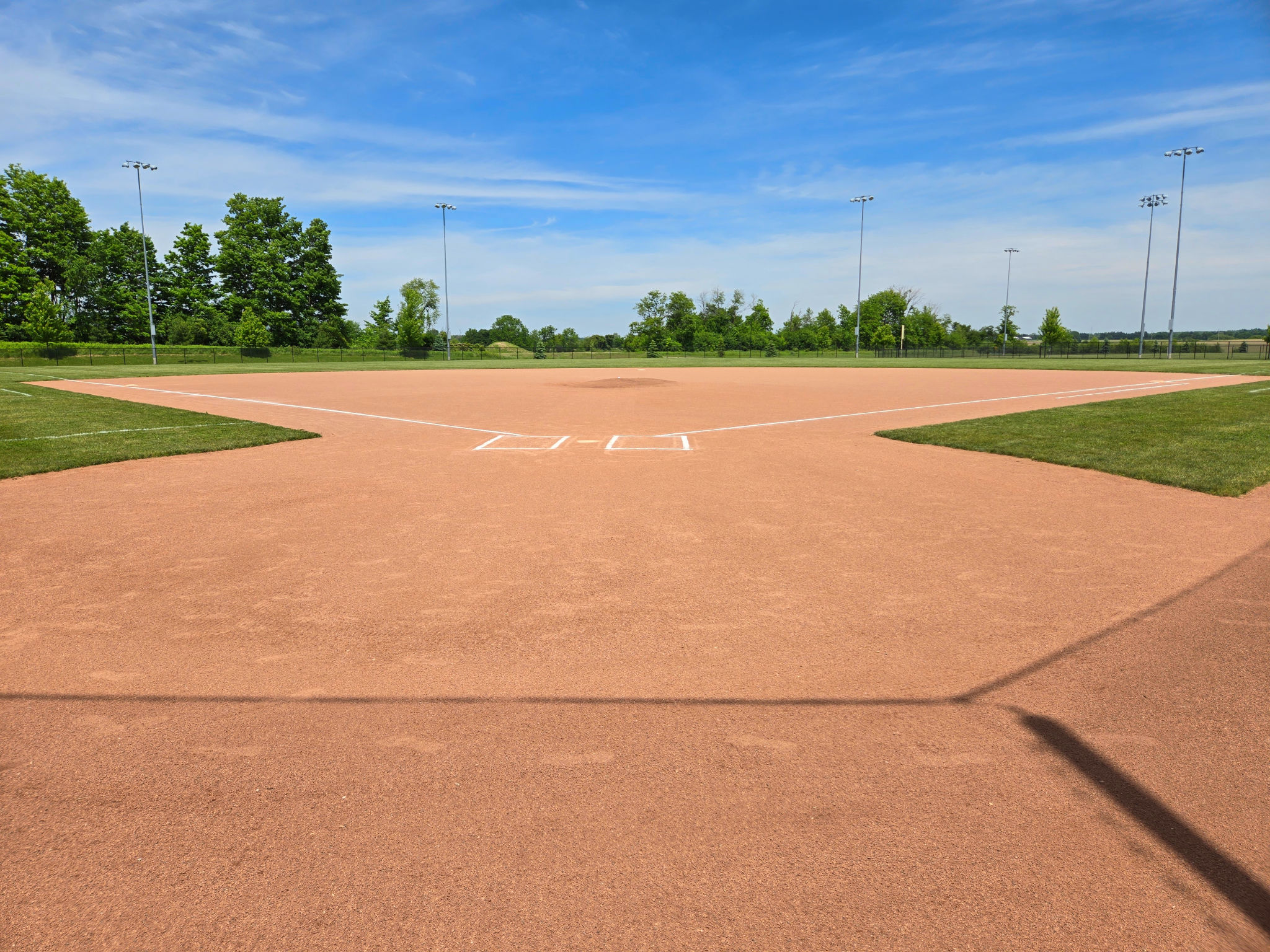How to Plan a Baseball Field: A Step-by-Step Guide for Texas Coaches
Understanding the Basics of Baseball Field Dimensions
Before embarking on the planning process, it’s crucial to understand the standard dimensions of a baseball field. The size of the field can vary based on age group and level of play, but some constants remain. For example, the distance between the bases is usually 90 feet for high school and professional levels. Meanwhile, the pitcher's mound is generally 60 feet 6 inches from home plate. Familiarizing yourself with these measurements will ensure your field adheres to official standards.

Choosing the Right Location
Location is imperative when planning a baseball field. Ideally, the field should be oriented so that the batter faces east-southeast to avoid the sun's glare during afternoon games. Additionally, consider the surrounding area; ensure there is ample space for safety zones, spectator seating, and other amenities. The terrain should be relatively flat to reduce grading costs, and the soil should have good drainage properties.
Evaluating Soil and Drainage
A successful baseball field requires proper soil and drainage systems to maintain playability after adverse weather. Conduct a soil test to determine its composition and make necessary amendments. Installing a drainage system, like French drains or slit drains, will help avoid waterlogged fields. This step is vital for ensuring that your field remains in optimal condition throughout the season.

Designing the Layout
Once you have selected a location, it's time to design the layout of your baseball field. Create a detailed plan that includes all necessary elements such as dugouts, bullpens, and outfield fences. Ensure that safety features like backstops and protective netting are incorporated into the design. These features not only enhance player safety but also improve the overall experience for spectators.
Setting Up the Infield and Outfield
The infield and outfield are critical components of a baseball field. The infield typically consists of a diamond-shaped dirt area with bases at each corner, while the outfield is a grassy area extending beyond the infield. When planning these areas, consider the type of grass suitable for your region and climate. Bermuda grass is often recommended for Texas due to its durability and heat tolerance.

Installing Equipment and Amenities
After laying out the field, it's time to install essential equipment and amenities. This includes bases, pitching rubbers, home plates, and scoreboards. Consider adding bleachers or seating areas for spectators, ensuring they are positioned for optimal viewing. Additional amenities like concession stands, restrooms, and lighting can enhance the overall experience for players and fans alike.
Maintaining Your Baseball Field
Proper maintenance is vital for keeping a baseball field in excellent condition. Regular activities include mowing, watering, fertilizing, and repairing any wear and tear on the field. Establish a routine maintenance schedule to address these tasks efficiently. Employing local experts or consulting with turf management professionals can offer valuable insights into maintaining your field’s quality over time.
By following these steps, Texas coaches can effectively plan and construct a baseball field that meets official standards and provides a safe, enjoyable environment for players and spectators. With careful planning and attention to detail, your baseball field will become a cherished community asset where countless memorable games unfold.